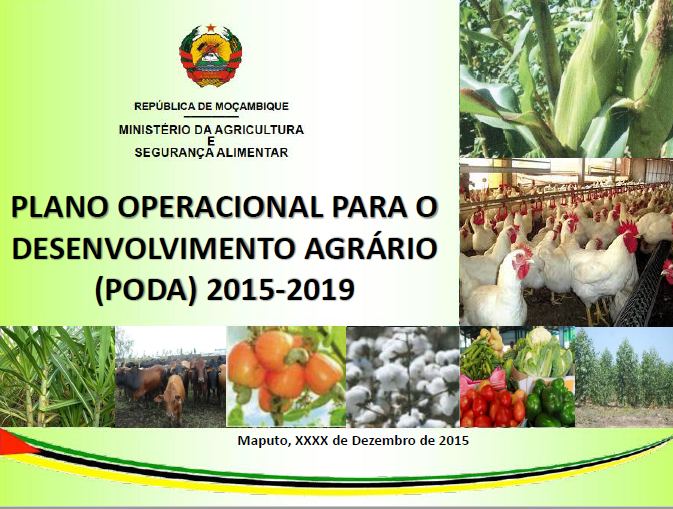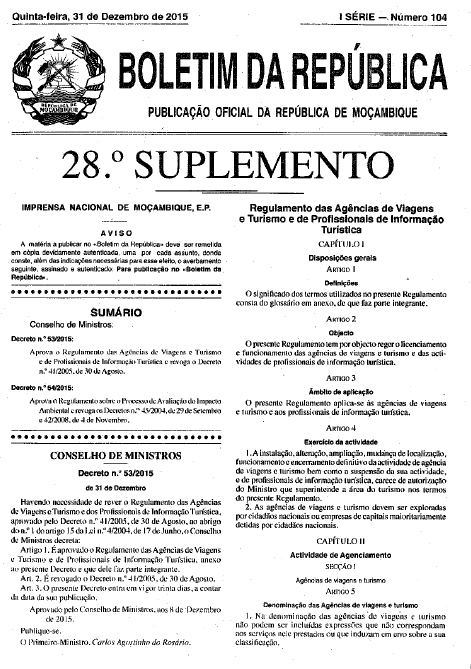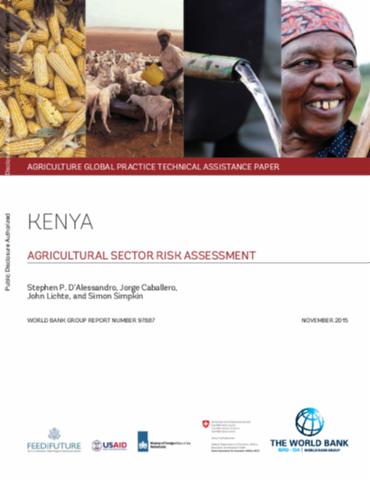Building enabling legal frameworks for sustainable land-use investments in Zambia, Tanzania and Mozambique
The International Development Law Organization (IDLO) and the Center for International Forestry Research (CIFOR) assessed the legal frameworks for major resource sectors in Zambia, Tanzania and Mozambique to analyze whether and to what extent they enable sustainable investments. Relevant international standards suggest that sustainable investments integrate socioeconomic and environmental concerns, bound together by the rule of law.








